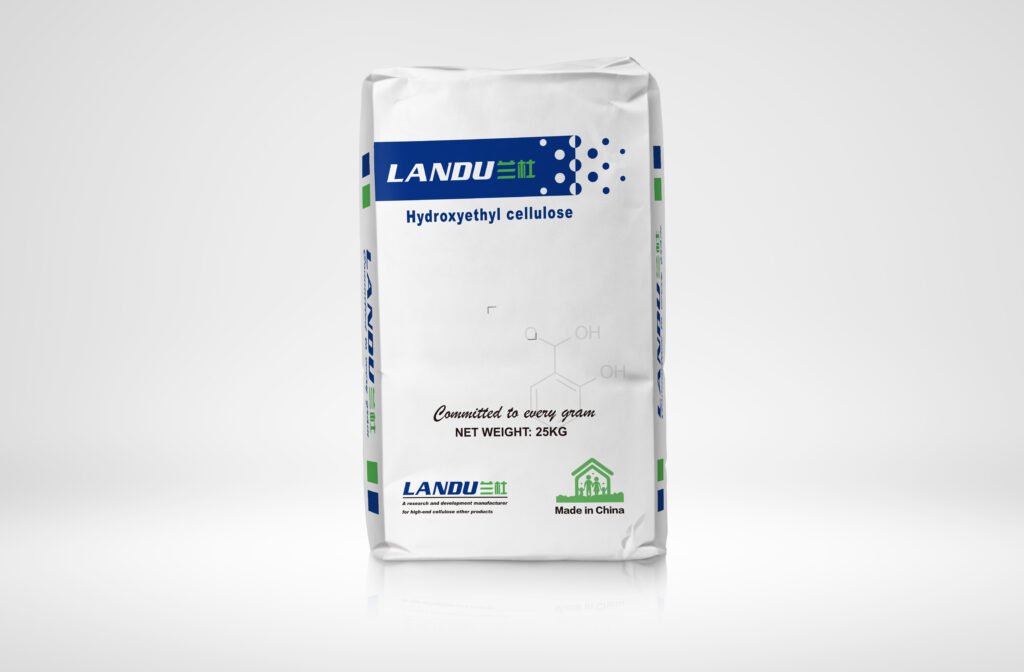
The quality of coatings has a significant impact on the appearance and durability of buildings, vehicles, household goods and so on. To ensure that coatings maintain their excellent performance in a wide range of environmental conditions, formulators must carefully select and optimize coating components. In this process, cellulose ethers provide strong support for the development and production of coatings with their excellent thickening, water retention, film formation and stability. Therefore, understanding the role and application of cellulose ethers is crucial for practitioners in the coatings industry. Let’s explore together how cellulose ethers can enhance your products and help you achieve superior results.
Kinds of Cellulose Ethers in the Coating
– Hydroxyethyl Cellulose (HEC)
– Hydroxypropyl Methyl Cellulose (HPMC)
– Methyl Cellulose (MC)
– Hydroxypropyl Cellulose (HPC)
– Carboxymethyl Cellulose (CMC)
The most commonly and widely used in the coatings industry is HEC.
Introduction of HEC
Hydroxyethyl cellulose (HEC) is a non-ionic, water-soluble cellulose ether with a unique chemical structure and excellent physical properties. HEC has a CAS number of 9004-62-0 and is widely used not only in the coatings industry but also in various fields such as inks, building materials, daily chemicals, etc.
As an efficient thickener and stabilizer in waterborne coatings, HEC can provide excellent thickening, water retention and film-forming properties, helping formulators design coatings with outstanding performance.
HEC is thermally and chemically stable and maintains its performance under harsh environmental conditions. In addition, HEC is compatible with a wide range of coating components and will not react adversely with other chemical elements in the coating. This compatibility makes HEC ideal for use in paint formulations for various applications such as latex paints, interior and exterior wall coatings, waterproofing coatings, and high solids coatings.
Functions of HEC in the Coating
- Thickening Effect
HEC, as a highly efficient thickening agent, can significantly increase the viscosity of coatings, thereby improving application performance and preventing brush marks or uneven film formation. During application, coatings tend to sag, but HEC’s thickening action effectively prevents this issue, ensuring uniform coverage on vertical surfaces.
- Water Retention
HEC has outstanding water retention capabilities, allowing it to prolong the drying time of coatings. This is particularly important for water-based coatings, as it ensures that the film forms gradually during the drying process, preventing issues like uneven film formation or cracking due to rapid drying. This property is especially critical when applying coatings in hot or dry environments. Moreover, water retention improves the adhesion of the film to the substrate, thereby increasing the durability of the coating.
- Film-forming Ability
HEC contributes to the formation of a uniform and compact film during the drying process, enhancing the coating’s gloss, abrasion resistance, and chemical resistance. The resulting film from HEC is also highly flexible and capable of withstanding slight substrate deformations without cracking. Film-forming ability is one of the essential qualities of coatings, and the presence of HEC ensures that the coating maintains excellent appearance and performance across various environmental conditions.
- Stability
HEC greatly enhances the storage stability of coatings, helping to prevent problems such as layering and sedimentation during storage. It is highly compatible with other ingredients in the coating, maintaining uniformity and ensuring that the coating retains consistent quality and performance even after extended storage. By improving the stability of the coating, HEC also prolongs the product’s shelf life, minimizing losses during storage and transportation.
Application of HEC in Coatings
- Waterborne Coatings
HEC is a common thickener and stabilizer used in waterborne coatings to increase the viscosity of the coating and enhance workability during application. Its excellent water retention helps to extend the drying time of the coating, ensuring a uniformly molded film and avoiding cracking caused by rapid drying.
- Latex paints
In latex paints, HEC provides excellent rheology control and thickening to ensure smooth application. The workability of latex paints is critical to the quality of the film, and the application of HEC ensures that the film is flat and smooth, which is less prone to sagging and brush marks.

- High Solids Coatings
High solids coatings often suffer from uneven composition and are prone to precipitation. Adding HEC can enhance the uniformity and leveling of the coating, preventing delamination and precipitation during storage and application, thereby ensuring the coating’s stability and consistency.
- Transparent Coatings
In transparent coatings, HEC’s ability to form films and increase viscosity enhances the transparency and gloss of the coating, resulting in a more visually appealing finish. Transparent coatings require high levels of gloss and clarity, and the use of HEC significantly boosts these attributes, fulfilling the demands of high-quality transparent coatings.
- Exterior Wall Coatings
In exterior wall paints, HEC provides superior water retention and thickening performance, ensuring that the coating maintains strong adhesion and uniform coverage even under high-temperature or dry conditions. It also improves the weather resistance of the coating, helping exterior wall paints to better resist the impact of different weather conditions
- Waterproof Coatings
HEC plays a crucial stabilizing role in waterproof coatings, ensuring that the coating performs consistently in high-humidity environments. Its excellent water retention and film-forming ability also contribute to enhancing the durability and protective qualities of waterproof coatings.
Trusted HEC Suppliers
There are many renowned suppliers of hydroxyethyl cellulose (HEC) in the international market.
AkzoNobel is a leading global manufacturer of coatings and specialty chemicals, and its HEC products are widely used in the coatings industry. As a global chemical giant, Dow Corning’s HEC products are known for their excellent solubility, stability, and compatibility, widely used in coatings, inks, building materials, and many other applications.
In the Chinese market, LANDU, as a well-known manufacturer of cellulose ethers in China, also provides high-quality HEC products for customers all over the world. LANDU has been widely recognized for its advanced production technology and perfect after-sales service.

Conclusion & LANDU
In summary, cellulose ethers play an indispensable role in coating formulations. Whether it is in thickening, water retention, film formation, or enhancing the storage stability of coatings, cellulose ethers have demonstrated their unique advantages. By correctly choosing and using cellulose ether, those working in the coatings industry can significantly improve the workability, durability, and aesthetics of their products, and meet the growing market demand for high-quality coatings. In the future, as coatings technology continues to advance, the application of cellulose ethers will further expand, providing a continuous impetus for innovation in the coatings industry.
As a leading cellulose ether and RDP producer and supplier in China, LANDU is committed to delivering top-quality products and services including HEC, HPMC and HEMC. We provide expert technical support, complete after-sales service, and customized solutions based on customer requirements. Whether you have any doubts about cellulose ethers or have a business need to purchase cellulose ethers, feel free to get in touch with us anytime.


